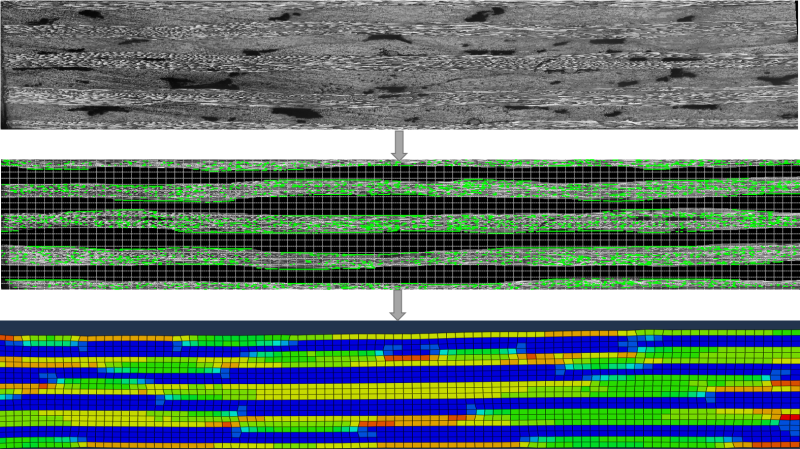Dear All,
I want to assign the material properties for each element using Abaqus. I am simulating bone and I want to assign the material properties of the bone to each voxel mesh using abaqus. The number of the elements I have is really high so I cannot manually select them. On the other hand, I need to use the UMAT subroutine to define the plasticity and damage criteria for my material. How can I assign to each element the material properties based on the bone fraction density or the hounsfield units (HU) that I am getting from the CT scans? I know there is a bonemat software which does that but my equations are different than theirs and I need to implement it probably using UMAT. Has anyone done this before. Please help me with this issue.
Regards,
Ardalan
I want to assign the material properties for each element using Abaqus. I am simulating bone and I want to assign the material properties of the bone to each voxel mesh using abaqus. The number of the elements I have is really high so I cannot manually select them. On the other hand, I need to use the UMAT subroutine to define the plasticity and damage criteria for my material. How can I assign to each element the material properties based on the bone fraction density or the hounsfield units (HU) that I am getting from the CT scans? I know there is a bonemat software which does that but my equations are different than theirs and I need to implement it probably using UMAT. Has anyone done this before. Please help me with this issue.
Regards,
Ardalan

